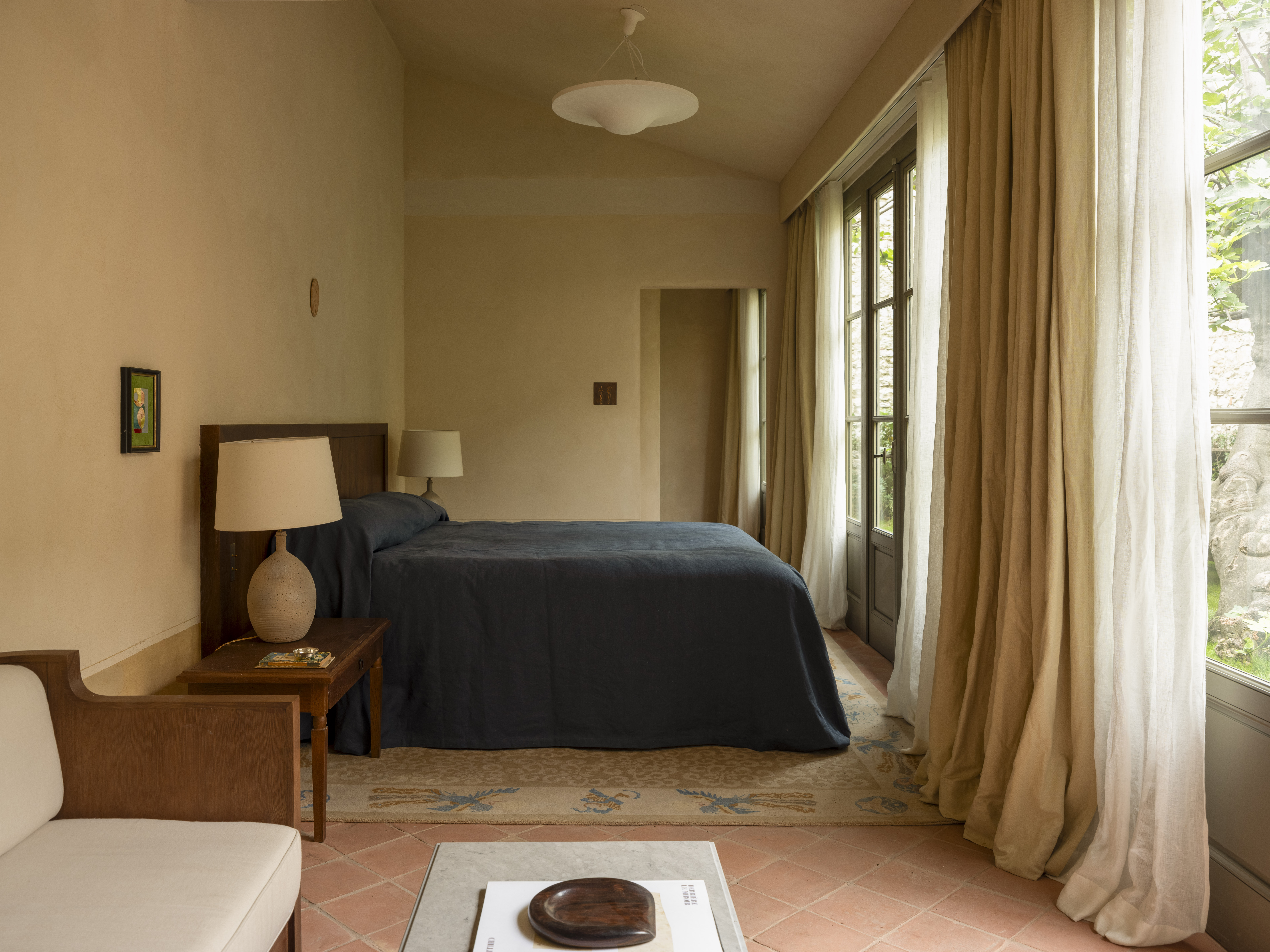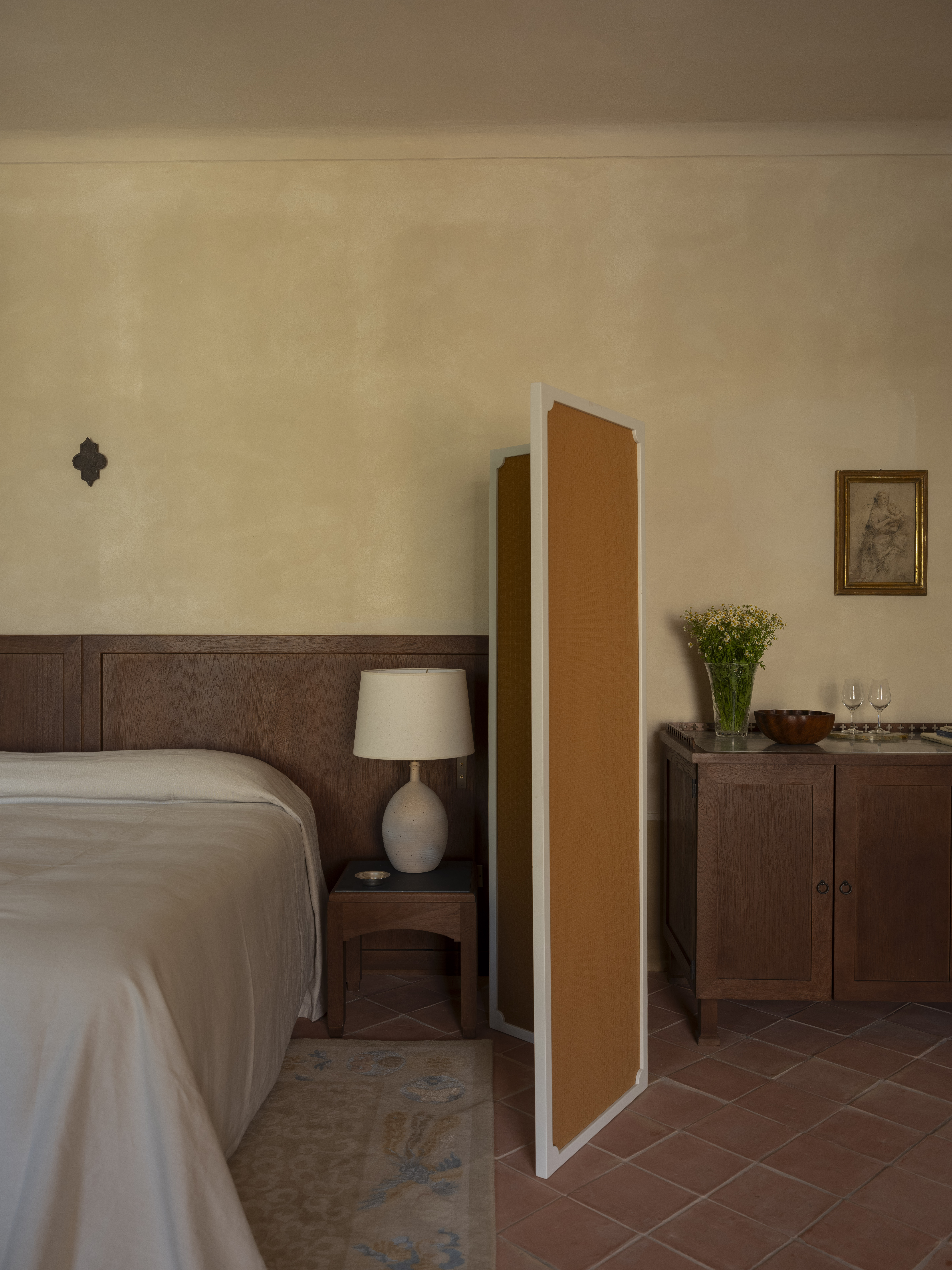
It's hard to put down the allure of South of France in words, which is ironic for a writer. The balmy summer afternoons, picturesque beaches, cobbled streets, rows of yachts bobbing lazily by the Côte d’Azure along with the smell of Niçoise soaps hanging heavy in the air create the most surreal experience. As I visited Nice in the summer, I realized firsthand why people call it the city for lovers, escapists, and thinkers, and most of all, a city for antiquarians and history buffs.
The town features more than five centuries of architecture and design and has managed to keep the imprint of each period safely within its walls, including Henri Matisse's apartment. Among the iconic buildings in Nice is a 17th-century convent, constructed entirely by the nuns using lime whitewash, stone, tiles, and timber repurposed from a neighboring chateau. Its history and period architecture made it a landmark in Nice. Four centuries later, mesmerized by the building's unique history, Valéry Grégo — founder of the luxury hospitality Perseus Group — has transformed it into the firm's latest leisure idyll, Hôtel du Couvent.
Nestled within the hustle of old town, with seclusion, slow living, and wellness at its core, the stay is nothing like any other hotel: conceived especially for those seeking to immerse themselves in history, culture, and a Mediterranean lifestyle, it is one of the best spa hotels for the mind and body, as I have got to experience first-hand.
The Property






The journey from the airport to the hotel was short, yet full of charming sights. We drove alongside the coast and caught sights of swimmers and fishermen, and were swiftly transported to the heart of the city — busy, narrow, and a bit noisy. But once inside Hôtel du Couvent, we were greeted by silence, and a feeling of seclusion— all we could hear were birds calling from a distance.
While inside, it was hard to tell the scale of the place; it felt like entering the courtyard of a monument where every step opened up fresh sights. There are 88 elegant rooms and suites, and some of the suites feature full-fledged kitchens, paired with the option of a private chef and butler service (ideal for stays with family and large groups). The Garden Suite has its own private garden and outdoor shower, while the Cloister Terrace Suite offers a large sundeck overlooking the historic cloister and orange tree-filled courtyard. Plus, 2.5 acres of terraced gardens house over 300 species of greens — from olive and lemon trees to herbs and flowers.
The Restoration





Past and present merge seamlessly here. Four new buildings were brought into the hotel design by Perseus Group in collaboration with Studio Mumbai and Studio Méditerranée, along with Festen Architecture. "Renovation is something that should take time," Louis-Antoine Grégo of Studio Méditerranée, the lead architect on the decade-long project, told me. "Large shifts, or changes in old city architecture, if done too quickly, can be dangerous and even hazardous." While the studies for this hotel started in 2015, he added that the actual work only began in 2021, stressing the meticulousness of the process. During those years, "I had a chance to live in the convent and experience the space, its wind and sun," recalled Louis-Antoine.
Tactile limewash paint walls and an understated aesthetic highlight the interiors. "For the restoration, we used the same material as the original building — lime whitewash, stone, tiles, and timber," he explained. "These materials are more flexible than concrete, so they allow for more movement and longevity. For the new buildings, we used a lime and hemp mix, which is great for acoustic and thermal insulation."
Even the art was specially curated, with the property's religious backdrop in mind. "The approach was mainly driven by a concern of creating a cultural and historical continuity for this place," said studio Saint-Lazare's Virginie Boulenge as she gave us a tour of the property. The art is a combination of collected pieces (hung and objects) and commissions from different artists "like Patrice Borghese, who worked on a production of plaster molds evoking the crosses and holy items; Claire Basler, who painted some small floral artworks referring to Orthodox icons on gold leaf coated wood; and Jean-Baptiste Besançon, who worked on a series of small abstract works on canvas, along many more creatives."
"For this space, we carried out an important analysis of the different forms of artistic expression and the place of art within convents and monasteries around the world," adds Virginie. "This allowed us to highlight guidelines for the choice and correct presence of art in the hotel."

Size: 16"x12"
Price: $29

Size: 32 1/2"
Price:$279

Prince: $28 per quart
The Wellness





Sustainability and mindfulness are deep-set in this property. My mornings were spent at their below-ground Roman Bath, with a swim in their temperature-controlled indoor pools. Designed like a tiny, self-sustaining town, the hotel also has an in-house bakery and a herbalist shop, the latter of which provides guests with personalized advice and custom-made remedies, as well as teas, tisanes, and tinctures obtained from the herbs of the property's garden, all courtesy of Nice Organic's Gregory Unrein.
In the afternoons I visited their on-site library, which holds the official archives of L’École de Nice, an artistic movement that developed in Nice at the end of the 1950s, and that brought together internationally acclaimed artists of the likes of Martial Raysse, Ben Vautier, Yves Klein, Arman, Marcel Alocco, and Sacha Sosno. The meals felt like the best of Nice on a plate, with a sharp focus on provenance. The entire menu was made using fruits, vegetables, and eggs directly sourced from the hotel’s own farm in Touët-sur-Var — the cherry on top to a truly standout experience.
From its lush outdoors and storied heritage all the way to its elegantly curated rooms, Hôtel du Couvent is the Riviera’s best-kept secret. A sophisticated destination for connoisseurs of quiet luxury, the hotel wraps you in its 17th-century French charm. Once immersed in the design, art, fare, and wellness offerings of this bucolic hotel, you will find it hard to leave its four walls.







